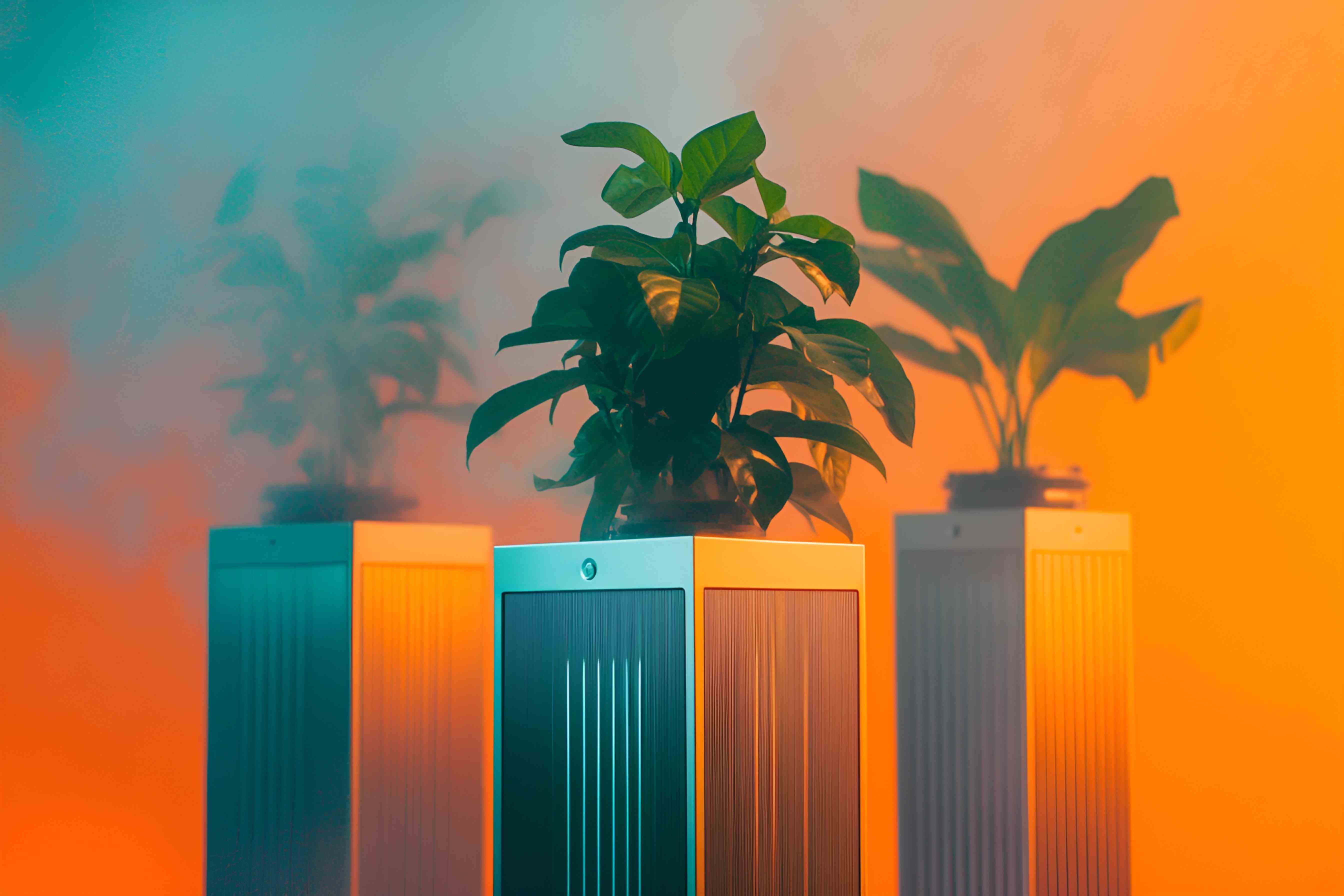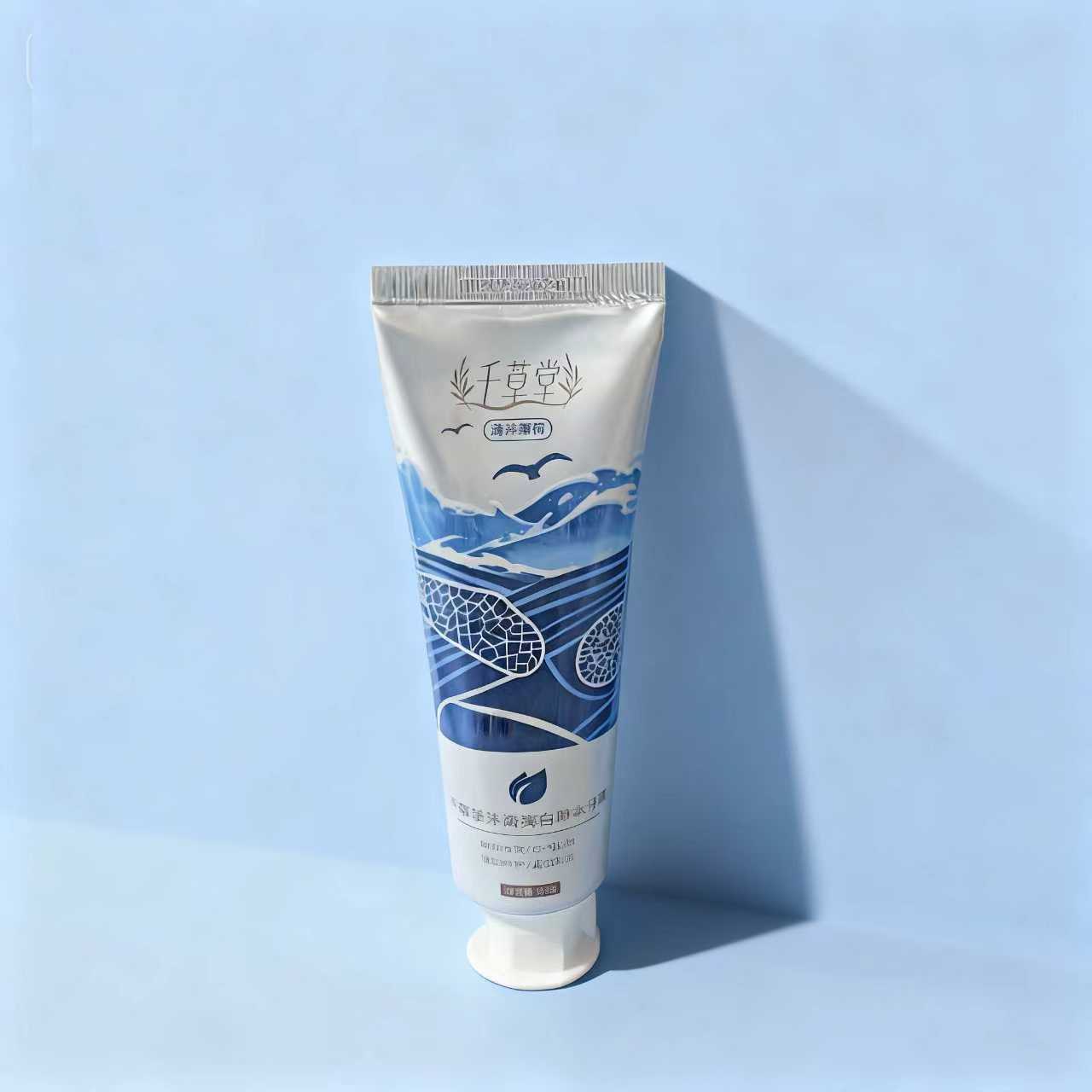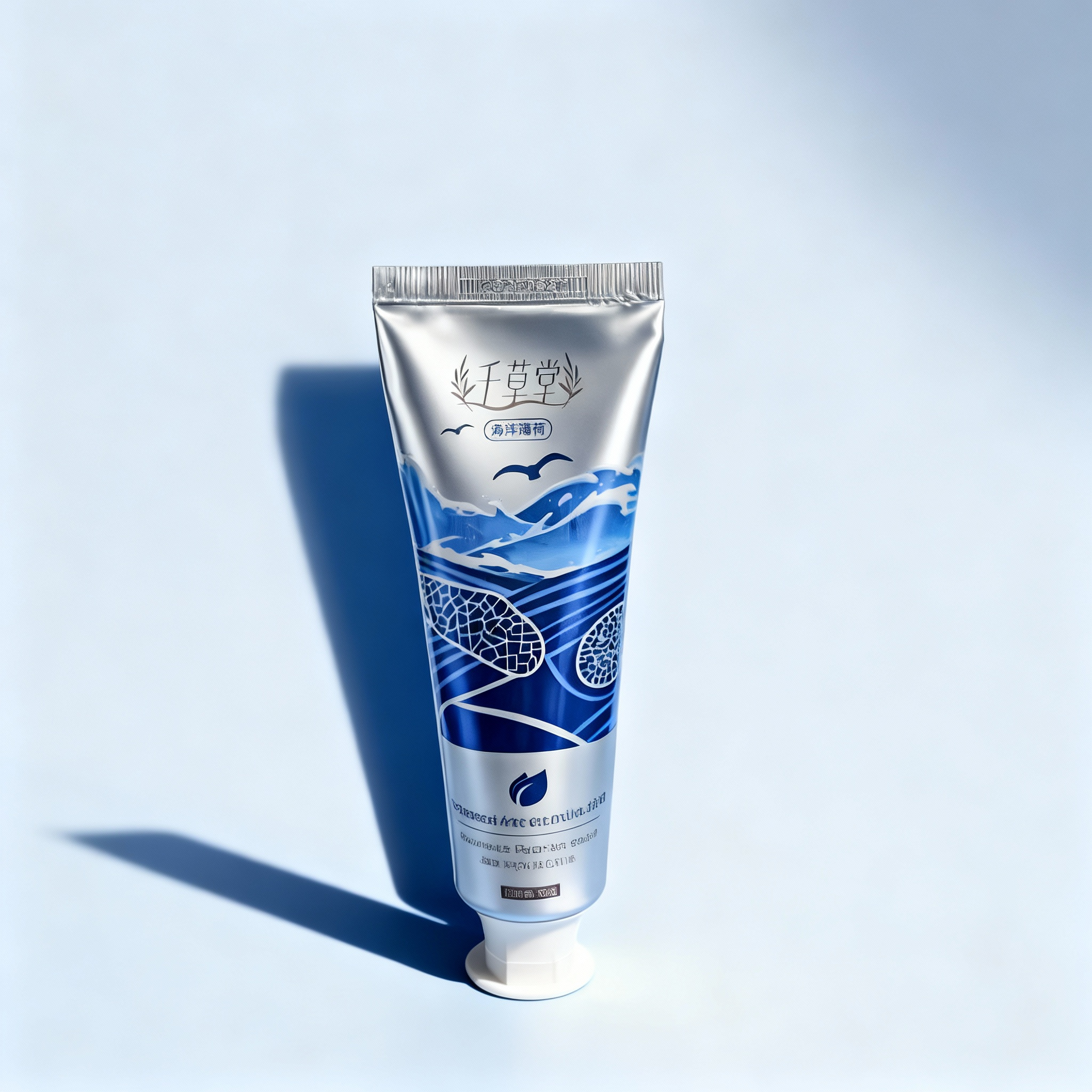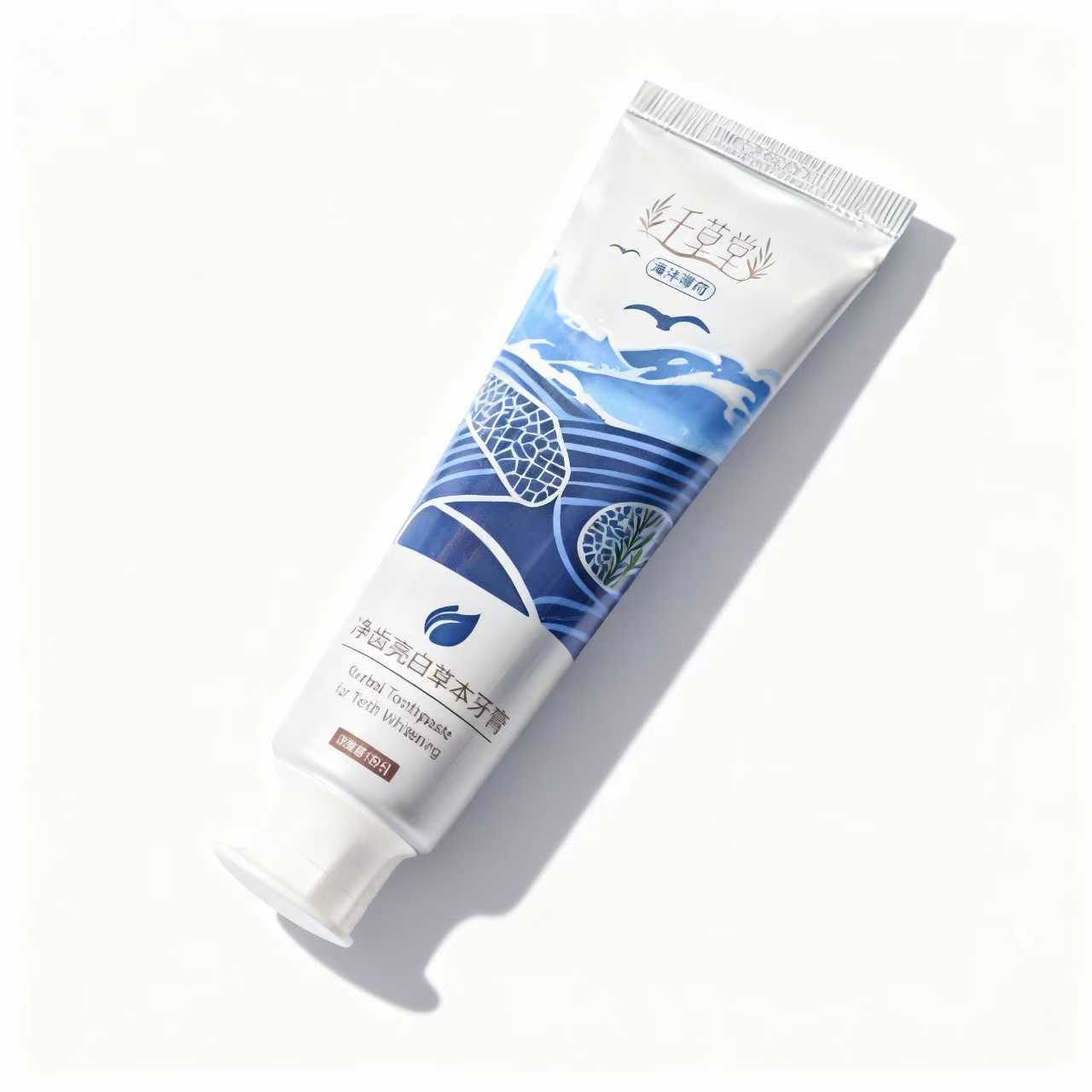
Adding Diatomaceous Earth to Potting Soil: A Comprehensive Guide
Discover the powerful benefits of adding diatomaceous earth to potting soil and garden beds. Learn how to effectively incorporate this eco-friendly soil amendment to boost plant health and soil structure.
Diatomaceous earth (DE) is a natural, versatile, and environmentally friendly substance that has gained significant popularity among gardeners and plant enthusiasts. This siliceous sedimentary rock is composed of fossilized remains of diatoms, a type of microscopic algae. When ground into a fine powder, DE becomes a highly effective soil amendment, pest control agent, and moisture regulator. Its versatility and eco-friendly properties make it a valuable addition to both potting soil and garden soil. In this comprehensive guide, we will explore the benefits, application methods, precautions, and best practices when adding diatomaceous earth to potting soil and garden soil to ensure optimal plant growth and soil health.

What is Diatomaceous Earth?
Diatomaceous earth is a naturally occurring mineral compound formed from the fossilized remains of diatoms, a type of phytoplankton that thrived in ancient freshwater and marine environments. Over millennia, these silica-rich remains accumulated and formed sedimentary deposits, which were subsequently mined, processed, and ground into a fine, white powder known as diatomaceous earth. DE consists primarily of amorphous silica and is characterized by its abrasive, absorbent, and porous nature.
There are two main types of diatomaceous earth: food-grade and industrial-grade.
Food-grade DE: This type is safe for use around humans, pets, and plants. It is commonly used as a natural pesticide, soil amendment, and moisture absorbent.
Industrial-grade DE: This variant is primarily used for filtration and other industrial applications. It is not safe for direct use with plants, pets, or humans due to its higher crystalline silica content.
Benefits of Adding Diatomaceous Earth to Potting Soil
Natural Pest Control:
Diatomaceous earth acts as a natural insecticide that effectively eliminates soft-bodied insects such as aphids, spider mites, thrips, and fungus gnats. The abrasive texture of DE punctures the exoskeletons of these pests, causing dehydration and death without the use of harmful chemicals. Additionally, DE remains effective as long as it remains dry, making it an excellent preventive measure against common garden pests.
Enhanced Drainage and Aeration:
DE particles have a porous structure, which significantly improves soil aeration and drainage. By preventing soil compaction, DE allows for better oxygen circulation around plant roots, thereby reducing the risk of root rot and fungal infections. This is especially beneficial for potted plants that are prone to waterlogged conditions.
Moisture Retention and Regulation:
While DE promotes proper drainage, it also has the unique ability to absorb and retain moisture. Its porous nature allows it to absorb excess water and gradually release it back into the soil, ensuring consistent moisture availability for plant roots. This balanced moisture regulation prevents both overwatering and underwatering, which are common issues in container gardening.
Nutrient Delivery and Soil Enrichment:
Diatomaceous earth is rich in silica, a mineral that strengthens plant cell walls and enhances overall plant structure. Silica also plays a crucial role in promoting root development, stem rigidity, and resistance to environmental stressors. Additionally, DE can absorb and gradually release essential nutrients, making them more accessible to plant roots over time.
pH Stabilization:
DE has a neutral pH, making it suitable for use in a wide variety of soil types. It helps maintain a balanced pH level in potting soil, preventing the development of overly acidic or alkaline conditions that can negatively affect plant health.
How to Add Diatomaceous Earth to Potting Soil
1.Selecting the Right Type:
Choose food-grade DE for use in potting soil and garden beds. Industrial-grade DE is not recommended for horticultural purposes due to its higher crystalline silica content, which can be harmful if inhaled or ingested.
2.Mixing Ratios:
For general soil amendment, mix DE with potting soil at a ratio of 1:4 (one part DE to four parts soil). For enhanced pest control, sprinkle a thin, even layer of DE on the soil surface.
3.Application Methods:
- For Existing Plants: Carefully sprinkle DE around the base of plants, avoiding contact with flowers, fruits, and leaves. Gently work the DE into the top layer of soil using a garden fork or trowel.
- For New Plantings: Incorporate DE directly into the potting mix before planting. Ensure even distribution to maximize its pest control and moisture retention capabilities.
- For Pest Control: Apply DE as a dusting over the soil surface and around the base of plants. Reapply after heavy watering or rain, as moisture reduces its effectiveness.
4.Frequency of Application:
Reapply DE every few months to maintain its efficacy as a pest control agent. Additionally, DE may need to be replenished more frequently during rainy or humid weather, as wet conditions diminish its desiccating properties.
Adding Diatomaceous Earth to Garden Soil
While DE is primarily used in potting soil, it can also be effectively incorporated into garden beds and raised planters. Here’s how to maximize its benefits:
Prepare the Soil: Loosen the soil using a garden fork or tiller to ensure proper mixing of DE.
Application Rate: Apply 1-2 cups of DE per square foot of garden soil. Distribute evenly and work it into the top 2-3 inches of soil.
Pest Management: For targeted pest control, dust a fine layer of DE directly onto the soil surface around susceptible plants. Monitor and reapply as needed.
Watering Considerations: Avoid applying DE when the soil is wet, as moisture reduces its pest control effectiveness. Wait for the soil to dry before reapplying.

Precautions When Using Diatomaceous Earth
Protective Gear: DE is a fine powder that can easily become airborne during application. Wear a mask, gloves, and protective eyewear to prevent inhalation and skin irritation.
Avoid Overuse: Excessive application of DE can dry out the soil and potentially harm beneficial insects, such as earthworms and pollinators. Apply sparingly and only as needed.
Storage: Keep DE in a sealed container in a cool, dry place to maintain its efficacy. Exposure to moisture can reduce its effectiveness as a pest control agent.
Conclusion
Adding diatomaceous earth to potting soil and garden soil is a sustainable and effective practice that offers numerous benefits, including pest control, improved drainage, moisture regulation, and nutrient delivery. By selecting the right type of DE, adhering to proper application methods, and taking necessary precautions, gardeners can maximize the advantages of DE while maintaining a healthy and thriving garden environment. Whether you’re looking to enhance the structure of your potting mix, protect your plants from pests, or promote optimal root health, diatomaceous earth is a natural, eco-friendly solution that delivers lasting results.




